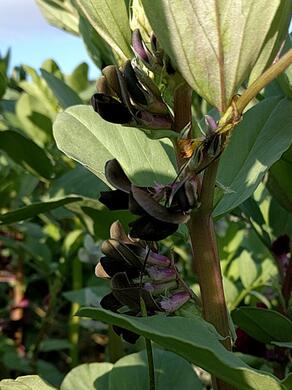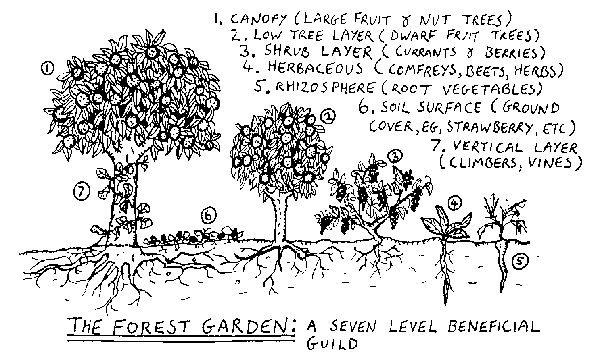




Play is the basis of our intelligence.
 1
1




Living a life that requires no vacation.
 1
1




Joseph Lofthouse wrote:Here's what one of my fava bean patches looked like this week. The plants are about 3 feet tall. I planted 3 patches: One last fall, one via transplants this spring, and one direct seeded this spring. This patch is the transplants put in the ground a day or two after winter snow-cover melted. It seems to have done the best.
Hi Joseph,
About fava transplanting: How old were the transplants? Do you recommend this?
Curiously
Brian
-

 6
6




 2
2




 5
5




Best luck: satisfaction
Greatest curse, greed




 3
3




 2
2




Best luck: satisfaction
Greatest curse, greed




 )
)

 1
1





 1
1





How Permies works: https://permies.com/wiki/34193/permies-works-links-threads
My projects on Skye: The tree field, Growing and landracing, perennial polycultures, "Don't dream it - be it! "
 2
2




 2
2












|
Water proof donuts! Eat them while reading this tiny ad:
The new purple deck of permaculture playing cards
https://www.kickstarter.com/projects/paulwheaton/garden-cards
|










